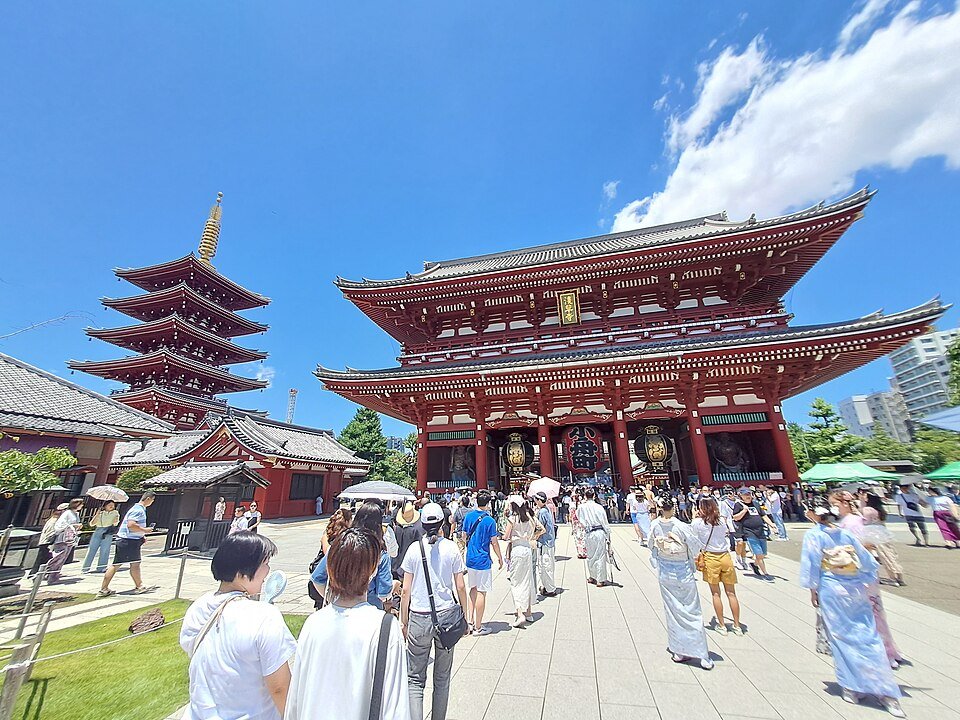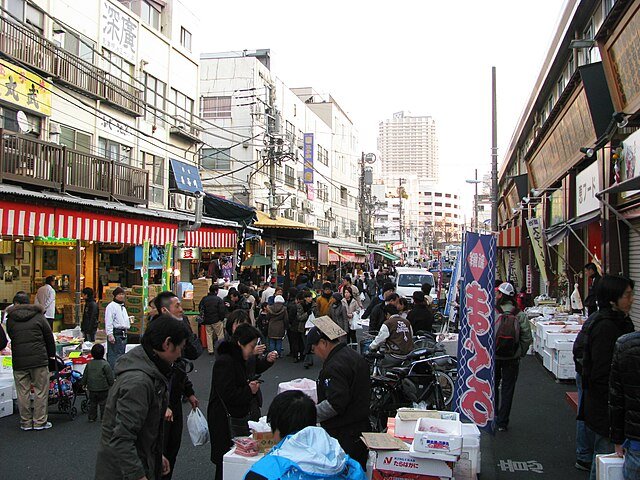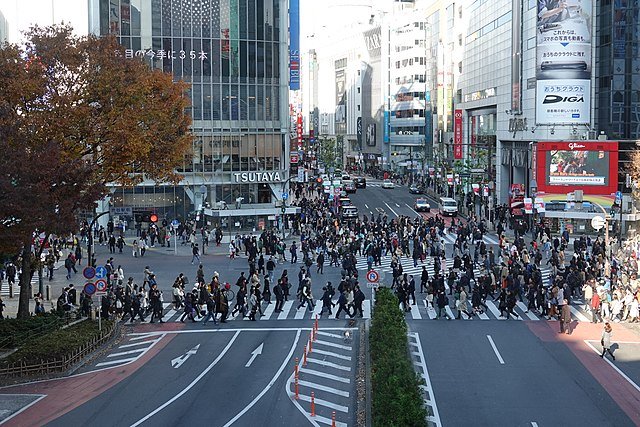Have you ever wondered what it feels like to step into the future while walking through 1,400-year-old temple grounds? In Tokyo, this mind-bending contradiction isn’t just possible—it’s your everyday reality.
I’ll never forget my first morning in Shibuya, watching salarymen in perfectly pressed suits bow respectfully to a 400-year-old shrine tucked between towering LED billboards, while the world’s busiest pedestrian crossing pulsed with organized chaos just meters away. That moment crystallized everything magical about Tokyo: a city where bullet trains glide silently past wooden tea houses, and where you can buy hot ramen from a vending machine at 3 AM before catching sunrise at an ancient temple.
This comprehensive guide will transform you from a bewildered first-timer into a confident Tokyo navigator. You’ll discover how to experience the city’s iconic landmarks, uncover hidden neighborhood gems, navigate the incredible food scene, and do it all without breaking the bank. Whether you’re drawn by the neon-lit streets of Shinjuku or the tranquil gardens of traditional temples, Tokyo will exceed every expectation—if you know where to look.
The Tokyo Experience: More Than Just Bright Lights and Bullet Trains
Shibuya Crossing: Orchestrated Chaos at Its Finest
The statistics are staggering: up to 3,000 people cross Shibuya’s intersection every light change. But numbers can’t capture the rush of being swept along in this perfectly choreographed dance of humanity.
Best viewing spots:
- Shibuya Sky observation deck (¥1,800/$12) – Get the aerial perspective
- Starbucks overlooking the crossing (2nd floor) – Free with purchase, arrive early
- Mag’s Park rooftop (¥500/$3.50) – Budget-friendly alternative
Insider tip: Visit at 6 PM on weekdays for maximum crowds, or 11 PM for the full neon spectacle without the chaos.
Tokyo Tower vs. Tokyo Skytree: The Ultimate Showdown
Here’s the truth no guidebook tells you: Tokyo Tower offers better sunset views, while Skytree dominates for daytime city panoramas.
Tokyo Tower (¥1,200/$8 main deck, ¥3,000/$20 top deck):
- Iconic red steel structure inspired by the Eiffel Tower
- Less crowded, more intimate viewing experience
- Perfect Mount Fuji views on clear days (best November-February)
Tokyo Skytree (¥2,100/$14 floor 350, ¥1,000/$7 additional for floor 450):
- World’s second-tallest structure at 634 meters
- Crystal-clear modern elevators and viewing platforms
- Often cloudy at the top due to height
Money-saving hack: Both offer combination tickets with nearby attractions. Tokyo Tower + aquarium saves ¥500, while Skytree + Sumida Aquarium saves ¥600.

Neighborhood Deep Dives: Where Tokyo’s Soul Really Lives
Shinjuku: The City That Never Sleeps
Shinjuku isn’t just a district—it’s several cities stacked on top of each other. The east side pulses with department stores and the world’s busiest train station (3.7 million daily passengers). The west side soars with skyscrapers and government buildings. But the real magic happens in the tiny alleys of Golden Gai.
Golden Gai’s 200+ bars, each smaller than your bedroom, offer the most authentic Tokyo experience you’ll find. Expect cover charges (¥500-2,000/$3.50-14) and limited English, but the warmth of mama-san bar owners transcends language barriers.
Hidden gem: Omoide Yokocho (Memory Lane) offers Golden Gai’s atmosphere at half the price, with yakitori stalls serving locals since 1946.
Akihabara: Beyond the Anime Stereotypes
Yes, Akihabara is anime and electronics central, but it’s also where Japan’s technological innovation comes alive. Walk through Yodobashi Camera’s 9 floors to see gadgets that won’t reach Western markets for years.
Must-visit spots:
- Super Potato – Vintage gaming paradise spanning 5 floors
- Mandarake Complex – 8 floors of manga, figurines, and collectibles
- Tokyo Anime Center – Free museum with voice acting booths
Local secret: Visit Kanda Myojin Shrine (5-minute walk from main strip) where tech workers pray for electronics to function properly. The shrine sells USB-shaped good luck charms.
Senso-ji Temple: Ancient Tokyo’s Beating Heart
At 1,400 years old, Senso-ji predates Tokyo itself. The temple survived WWII bombing and embodies the resilience that defines modern Tokyo.
The full experience:
- Purify at the smoke cauldron – Wave incense smoke over your body for good health
- Draw omikuji fortune papers (¥100/$0.70) – Bad fortune? Tie it to the racks to leave bad luck behind
- Shop Nakamise-dori – 250-meter shopping street selling traditional crafts and snacks
- Time your visit – Early morning (6 AM) for peaceful contemplation, evening for atmospheric lantern lighting
Foodie tip: Try ningyo-yaki (doll-shaped pastries filled with sweet red bean paste) from the 150-year-old shop on Nakamise-dori. They’re made fresh every hour and cost just ¥100 each.

Practical Tokyo: Navigating Like a Local
Transportation Mastery
Tokyo’s train system seems impossibly complex until you crack the code. Here’s your cheat sheet:
IC Cards (Suica/Pasmo): ¥2,000 deposit + initial charge. Tap on, tap off, works everywhere including convenience stores.
JR Pass decision: Only worth it if traveling beyond Tokyo. For Tokyo-only trips, a 72-hour Tokyo Metro pass (¥1,590/$11) covers most destinations.
Rush hour reality: 7:30-9:30 AM and 5:30-7:30 PM are genuinely overwhelming. Platform staff literally push people into cars. Plan accordingly.
Budget Breakdown: Tokyo for Every Wallet
Budget traveler (¥8,000/$55 daily):
- Hostel dorm: ¥3,000/$21
- Convenience store meals: ¥2,000/$14
- Local transport: ¥1,000/$7
- One paid attraction: ¥2,000/$14
Mid-range explorer (¥15,000/$105 daily):
- Business hotel: ¥8,000/$55
- Mix of restaurants/street food: ¥4,000/$28
- Transport including some taxis: ¥2,000/$14
- Multiple attractions: ¥1,000/$7
Luxury experience (¥30,000+/$210+ daily):
- High-end hotel: ¥20,000/$140+
- Kaiseki dining: ¥8,000/$55+
- Private tours/experiences: ¥2,000/$14+
Food Adventures: From Vending Machines to Michelin Stars
Tokyo houses more Michelin-starred restaurants than Paris, but some of the best meals cost under ¥1,000 ($7).
Unmissable food experiences:
- Tsukiji Outer Market – Fresh sushi from ¥500/$3.50 per piece
- Ramen yokocho in Shibuya – Compare 8 different ramen styles in one alley
- Depachika (department store food courts) – Incredible quality takeaway from basement levels of Mitsukoshi or Isetan
Cultural note: Slurping noodles isn’t just acceptable—it’s encouraged. It cools the noodles and shows appreciation to the chef.
Seasonal Strategies: When Tokyo Transforms
Spring (March-May): Cherry blossom season brings crowds but unforgettable beauty. Book accommodations 6 months ahead. Ueno Park and Chidorigafuchi offer the best hanami (flower viewing) spots.
Summer (June-August): Hot, humid, but festival season. Sumida River Fireworks (late July) and Kanda Matsuri (odd years) showcase traditional Tokyo culture.
Autumn (September-November): Perfect weather and stunning fall colors. Mount Takao (1 hour from central Tokyo) offers hiking with city views.
Winter (December-February): Clear skies, fewer crowds, best Mount Fuji visibility. Illuminations transform the city into a winter wonderland.

Hidden Tokyo: Experiences You Won’t Find in Guidebooks
Nakagin Capsule Tower: Soon to be demolished, this 1972 architectural marvel can be viewed from Shiodome City Center’s free observation deck.
Tokyo’s last trolley line: The Toden Arakawa Line (¥170/$1.20 per ride) runs through old Tokyo neighborhoods unchanged since the 1950s.
Robot Restaurant reality check: Despite the name, it’s not about robots or food—it’s a sensory overload spectacle with dancing performers and loud music. Worth it for the sheer absurdity.
Your Tokyo Action Plan
Tokyo doesn’t just meet expectations—it completely redefines what a city can be. From the organized chaos of Shibuya Crossing to the timeless tranquility of Senso-ji Temple, every moment offers something extraordinary.
Start planning your Tokyo adventure:
- Book accommodations early – Especially during cherry blossom season or Olympics-related events
- Get your JR Pass – Order online before departure if planning multiple city trips
- Download essential apps – Google Translate (camera function), Hyperdia (train times), Tabelog (restaurant reviews)
- Prepare for cash culture – Many places still don’t accept cards, withdraw yen at 7-Eleven ATMs
Ready to experience the future while walking through history? Tokyo awaits, and trust me—no amount of planning can truly prepare you for the magnificent sensory overload that is Japan’s capital. The only question left is: which neighborhood will steal your heart first?

